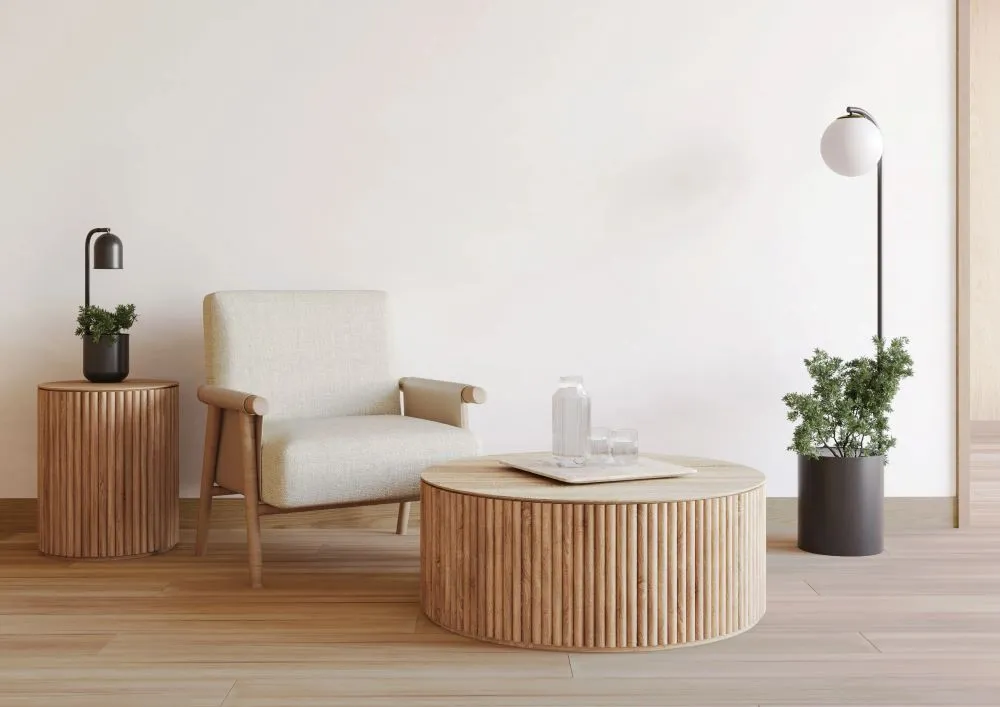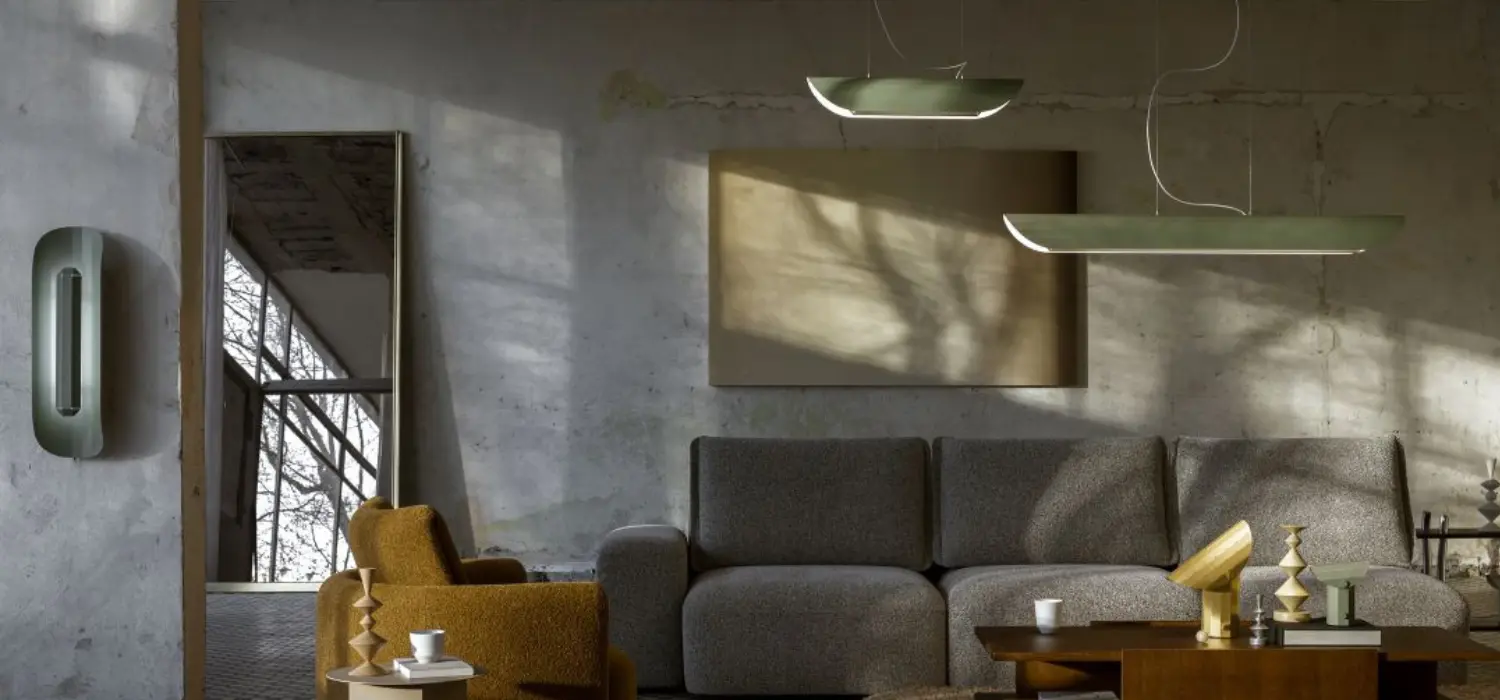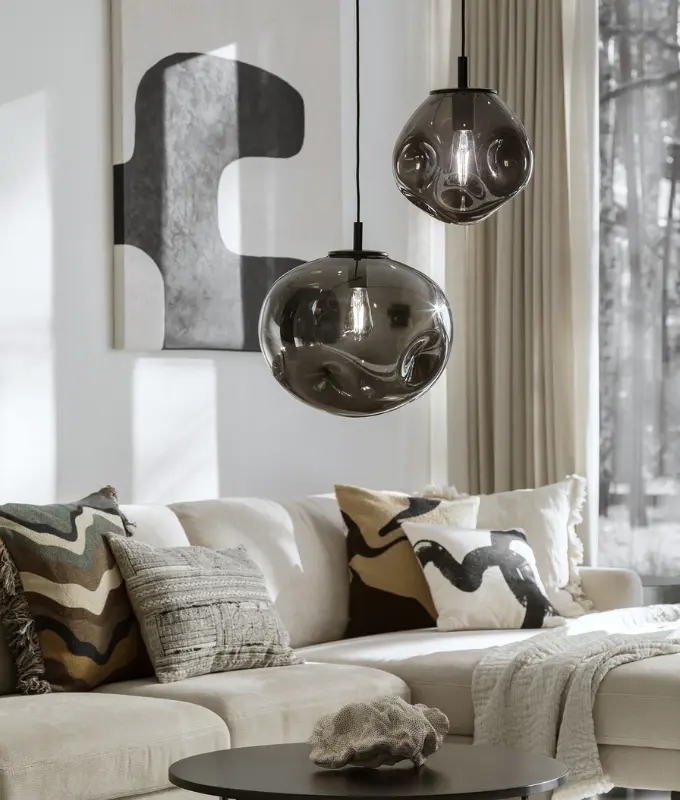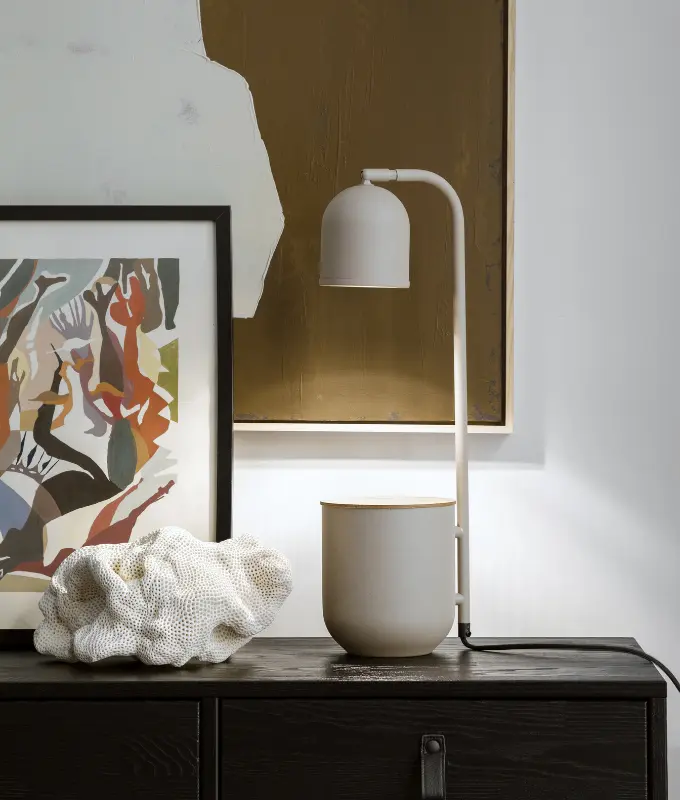Light temperature, and well-being. How to choose light sources to feel comfortable in your home?

Light temperature - how to choose light bulbs to feel good in your home?
When walking down the street in the city center in the evening, do you sometimes pay attention to the windows of apartments? Look at the apartment buildings you pass and see how the light varies inside them. Some of them exude a warm, cozy glow, while others resemble cold offices or laboratories. In which of these would you or would you prefer to relax after a day of hard work? And what would you see if you stood outside your house? Do you know how to choose the right light bulbs, the effect of light temperature on your mood, and how to select light sources for each room? We hint and... insulate.
The two most important factors in choosing light sources are color temperature and color rendering. We have already written about it TU, but this topic is so broad and important that it is worth paying more attention to, especially since the type of bulb you choose has a direct impact on how you feel and function in your daily life.
What is the color temperature of light?
When we talk about color temperature, we mean the warmth or coolness of the light. Warmer light is more yellow and cooler light is blue in color. When buying lamps and then bulbs, you need to make a choice and decide whether you need warm or cold light. The temperature (and thus the color) of light is determined on the Kelvin scale - the warmer the color, the lower the color temperature.
To better understand this scale, it is useful to relate it to the types of light with which we are familiar. Candle light is very warm, basically yellow or orange and has a color of about 2000 degrees Kelvin, old warm-white incandescent bulbs were usually 2800 K, sunrise and sunset 3000 K, studio lamps 3200 K, while daylight is usually 5000 - 6000 K.
Colors of light and their purpose
Warm white WW is the color used and recommended for private apartments and restaurants. Neutral white color (natural white NW) can be used in both apartments and offices. Cold white CW, on the other hand, is a color temperature that works well in offices and workspaces, where lower temperatures and cooler light can help with concentration and increased productivity.
Some people have misconceptions about LEDs and believe that LEDs provide cool, unpleasant light. In most cases, this is due to their previous experience with cool, low-quality LED bulbs, which are now being replaced in residential projects by high-quality, durable and cozy light sources with warm colors (2700/2800 degrees Kelvin).
How to choose light bulbs for your home?
When choosing light bulbs for your home, it is worth focusing primarily on those with warm color and value 2700-3500 K, which sets a pleasant mood, promotes rest and tranquility. For the living room, you can choose bulbs with a light color of 3000K - this temperature creates a relaxing mood and is pleasant to the eyes.
The use of cooler bulbs, on the other hand, you can consider in the kitchen or bathroom, especially if there is a lot of natural light in these rooms and if they are finished in white. White surfaces in warm light look dim compared to the effect produced by natural light. In addition, the cooler white combined with the colder light also gives a sense of clinical sterility, which may be desirable in the bathroom or kitchen so if you are looking for light sources for the bathroom, kitchen or garage (where you need more brightness) choose bulbs with a color temperature of 4000 K.
In the last few years, luminaires and light sources with adjustable or tunable temperatures have also appeared on the market. Using them, you can achieve a cooler effect during the day and a warmer effect at night, or you can illuminate works of art by tuning the light to complement or accentuate the painting's color palette. However, such fixtures are much more expensive than standard fixtures and require a control system.
Light temperature vs. colors in the interior
So when choosing a color temperature, you should also consider the type of finishes, materials and color palette used in a space. Reds, oranges, yellows and woods look beautiful in warm light, while blues and grays can lose their depth in such light. In cool light, blue colors look great, but white can appear "stark." Reds and yellows in cold light fall into brown, and wood appears dull.
It is important not to mix temperatures and colors of light in the room. Once you decide which color temperature to choose, stick to it and make sure that all the lights and bulbs in that space and layer are the same. You can also use different bulbs for ceiling fixtures and different (warmer) bulbs for table lamps and other accent light sources - those you use, for example, in the evening, when you no longer turn on the main light, when you want to relax, calm down, prepare for sleep.
The temperature of light and its effect on our well-being
You can buy the most beautiful lamps, but if you choose the wrong bulbs, they will completely lose their charm, will not fulfill their function, and in addition, adversely affect your well-being. Bright, cool light used in the right place and context, motivates and stimulates, but used at home, in the living room or dining room, it can make both you and your guests uncomfortable. Soft, warm and diffused light, on the other hand, has relaxing properties, helps to create an atmosphere of intimacy, calmness and relaxation.
Warm white light has also been proven to alleviate symptoms of depression. This is because it mimics sunlight, which is an excellent source of vitamin D, and therefore improves our mood and increases energy levels.
Cool blue light, which according to our biological cycle marks the middle of the day, forces us to be more active and concentrated, affects the inhibition of melatonin secretion, which is responsible for falling asleep. That's why if we use a cell phone or laptop before bedtime, we find it harder to fall asleep.
So let's recall the evening walk through the streets of the city with which we opened this article. You already know that if you pass residential buildings, apartment buildings or single-family houses, their windows should emanate warm light that, in tune with our internal clock, calms and prepares us for sleep, creates an atmosphere of coziness and relaxation. This is just what we need after a day of excitement, work, mental or physical activity. By choosing the right color temperature of light bulbs, you therefore improve your well-being and the atmosphere in your home. If you do not know which bulb to choose, please contact our service department. We will help you choose the best light source for each room and lamp. Because light is important!
YOU MAY ALSO LIKE






